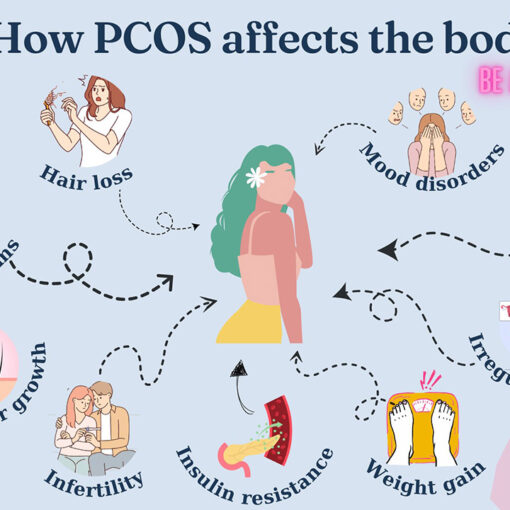The World Health Organization (2020) states that infection control prevention is an evidence-based, practical strategy that keeps patients and medical staff safe from preventable illnesses. Without an effective strategy, health-associated infections cannot be eliminated. Preventing illness is the primary objective of infection control and prevention. To lower morbidity, mortality, length of hospital stays, and expense, hospital infections should be avoided. (WHO 2016). To minimize the risk of infection standard precautions along with environmental cleanliness and waste management should be taken into consideration by the healthcare worker.
During the COVID-19 pandemic, there was a lack of human resources, products, and supplies that interrupted the fluency of health services. The availability of resources is required for the effective implementation of the infection control and prevention strategy (WHO 2022). Microbes can be easily found in the healthcare setting and when healthcare workers neglect to follow standard precautions, such as washing their hands increases the risk of infection for the patients (CDC 2020). The number of patients with infections symptoms in emergency departments in Finland has increased which in turn increases the risk of infections spreading among healthcare staff (Rosvall & Lammassaari 2023). This in turn increases absence from work which in turn increases lack of healthcare workforce in all healthcare facilities. Eventually this causes a safety risk for both patients and staff members. (Erestain 2022).
![[Alt text : act of washing hands with plenty of soap.]](https://blogit.lab.fi/labfocus/wp-content/uploads/sites/8/2023/12/882_2023_Keeping-healthcare-running-by-infection-control-1024x662.jpg)
Handling infection control and prevention strategy
According to Puri (2023), infection control and prevention strategies were followed by all the people involved in health care to minimize the infection. The following measures were taken such as wearing personal protective equipment (PPE), often washing and disinfecting commonly touched surfaces, using an aseptic technique for parenteral medications, treating wounds, using sterile instruments and devices, and proper waste management. To further avoid infection, door knobs, floors, toilets, and other items were cleaned and disinfected. Hand washing and general hygiene were included in the health education.
To reduce morbidity and mortality more research about infection control and prevention should be done in the future. Understanding and implementing infection control and prevention should be carried out by all the people not just the health care worker. To perform proper infection control and prevention interventions, nursing students and all other healthcare professionals need to have the requisite training and understanding before starting their employment and keep their knowledge about ICP up to date.
Authors
Amar Puri is a graduate nursing student from LAB University of Applied Sciences.
Sini Hämäläinen works as a Senior Lecturer at LAB University of Applied Sciences.
References
CDC. 2020. Healthcare Environment Infection Prevention. Centers for Disease Control and Prevention. Cited 29 Nov 2023. Available at https://www.cdc.gov/hai/prevent/environment/index.html
Erestain, L. 2022. The impact of manpower shortage in the healthcare industry. A portfolio thesis. Bachelor’s thesis. LAB University of Applied Sciences. Cited 29 Nov 2023. Available at https://urn.fi/URN:NBN:fi:amk-2022112524187
jackmac34. 2017. Hands, soap, bubbles, hygiene, wash. Pixabay. Cited 29 Nov 2023. Available at https://pixabay.com/photos/hands-soap-bubbles-hygiene-wash-2238235
Puri, A. 2023. Infection prevention and control in healthcare setting – A portfolio thesis. Bachelor’s thesis. LAB University of Applied Sciences. Cited 29 Nov 2023. Available at https://urn.fi/URN:NBN:fi:amk-2023112731951
Rosvall, M. & Lammassaari, M. 2023. TYKS Akuutin päivystys pahasti ruuhkautunut. YLE. Cited 29 Nov 2023. Available at https://yle.fi/a/74-20059477
WHO. 2016. Guidelines on core components of infection prevention and control programmes at the national and acute health care facility level. World Health Organization. Cited 29 Nov 2023. Available at https://www.who.int/publications/i/item/9789241549929
WHO. 2022. Infection Prevention and Control GLOBAL. World Health Organization. Cited 1 Jan 2023. Available at https://www.who.int/health-topics/infection-prevention-and-control#tab=tab_1




